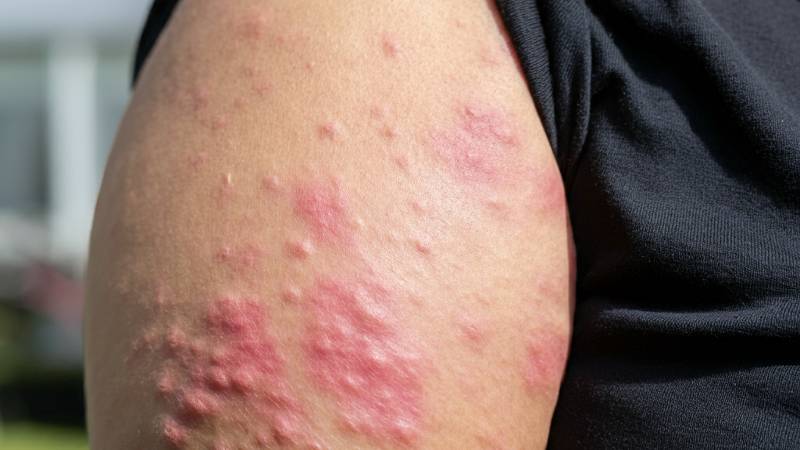A groundbreaking study published in the Journal of Investigative Dermatology reveals that obese children are more likely to develop common immune-mediated skin diseases (IMSDs) such as atopic dermatitis, psoriasis, and alopecia areata. The research, conducted by a team from Seoul National University College of Medicine, suggests that maintaining a healthy weight could potentially lower the risk of these conditions in children.
Largest Study of Its Kind Examines Weight and Skin Health
The study, which analyzed data from over 2.1 million Korean children between 2009 and 2020, is the most comprehensive of its kind to date. It aimed to investigate the relationship between obesity, changes in body weight, and the development of IMSDs in children.
Dr. Seong Rae Kim, co-lead investigator from the Department of Dermatology at Seoul National University College of Medicine, explains the significance of their approach: “Very few studies have followed children over a long period to see how their body weight affects the development of these skin conditions. This means we still don’t know for sure whether being obese or overweight causes atopic dermatitis and psoriasis or if the opposite is true.”
The research team’s findings provide compelling evidence for a link between childhood obesity and an increased risk of developing IMSDs. Among the conditions studied, atopic dermatitis showed the clearest trend:
– Children who gained weight (moving from normal to overweight) had a higher risk of developing atopic dermatitis compared to those who maintained a normal weight.
– Children who lost weight (moving from overweight to normal) had a lower risk of developing atopic dermatitis than those who remained overweight.
Implications for Child Health and Skincare
These findings have significant implications for child health and skincare strategies. Dr. Seong-Joon Koh, another co-lead investigator, emphasizes the importance of weight management in children: “Our findings support the importance of promoting weight maintenance among children who are already within the normal weight range because it may help reduce the risk of developing atopic dermatitis.”
The researchers suggest that preventing excessive weight gain and encouraging purposeful weight loss, particularly before school age, could be beneficial in reducing the risk of IMSDs in children. They recommend adopting healthy diet strategies for children with obesity as a preventive measure against atopic dermatitis.
Why it matters: IMSDs can significantly impact the quality of life for children and their families, affecting emotional, physical, social, and functional well-being. While treatments exist for some conditions, options remain limited for many pediatric IMSDs. This study provides a potential avenue for prevention and intervention through weight management.
Dr. Hyunsun Park, also a co-lead investigator, highlights the broader implications of their research: “We think that various factors, including diet, obesity, or other lifestyles can affect gut environment and contribute to the development of IMSDs. We are trying to find the puzzle pieces to demonstrate how they are connected, and our current research is a step towards that understanding.”
The study’s findings come at a crucial time, as childhood obesity rates have surged in recent years, exacerbated by the effects of the COVID-19 pandemic and national lockdowns. While the exact mechanisms linking obesity to chronic inflammatory skin diseases remain uncertain, this research provides valuable insights into the potential relationship between body weight and skin health in children.
As the medical community continues to grapple with the challenges of treating pediatric IMSDs, this study offers a potential preventive approach through weight management. It underscores the importance of maintaining a healthy weight in children not just for general health, but also for skin health.
The research team plans to continue investigating the connections between diet, obesity, lifestyle factors, and immune-mediated skin diseases. Their work may lead to new strategies for preventing and managing these conditions, improving the quality of life for millions of children worldwide.


